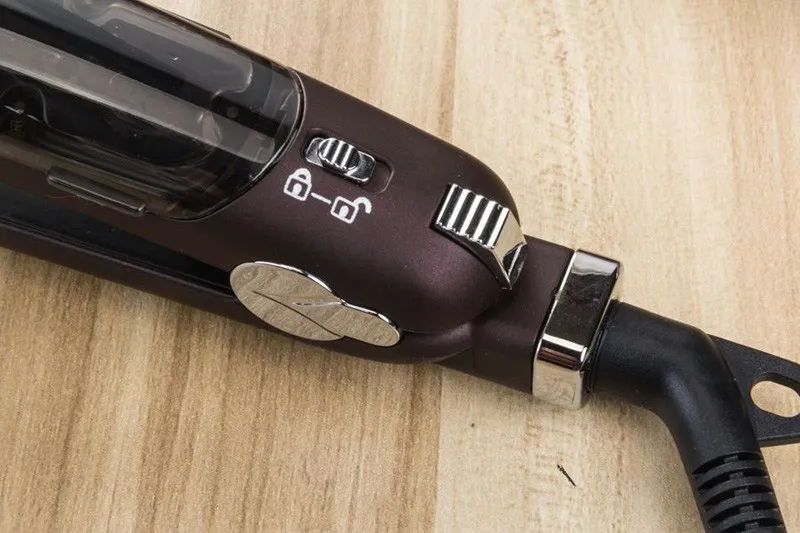

In a reciprocating engine or turbine, if steam doing work cools to a temperature at which liquid droplets form, then the water droplets entrained in the fluid flow will strike the mechanical parts with enough force to bend, crack or fracture them. Of prime importance in these applications is the fact that water vapor containing entrained liquid droplets is generally incompressible at those pressures. The value of superheated steam in these applications is its ability to release tremendous quantities of internal energy yet remain above the condensation temperature of water vapor at the pressures at which reaction turbines and reciprocating piston engines operate. Superheated steam's greatest value lies in its tremendous internal energy that can be used for kinetic reaction through mechanical expansion against turbine blades and reciprocating pistons, that produces rotary motion of a shaft. Slightly superheated steam may be used for antimicrobial disinfection of biofilms on hard surfaces. Saturated steam has a much higher wall heat transfer coefficient.

This is because superheated steam has the same heat transfer coefficient of air, making it an insulator - a poor conductor of heat. Superheated steam is also not useful for heating, but it has more energy and can do more work than saturated steam, but the heat content is much less useful. Dry steam must reach much higher temperatures and the materials exposed for a longer time period to have the same effectiveness or equal F0 kill value.

This is because the superheated steam is dry. Superheated steam is not suitable for sterilization. To produce superheated steam in a power plant or for processes (such as drying paper) the saturated steam drawn from a boiler is passed through a separate heating device (a superheater) which transfers additional heat to the steam by contact or by radiation. However, this restriction may be violated temporarily in dynamic (non-equilibrium) situations. Superheated steam and liquid water cannot coexist under thermodynamic equilibrium, as any additional heat simply evaporates more water and the steam will become saturated steam. This will occur if saturated steam contacts a surface with a higher temperature. Continued heat input will then "super" heat the dry saturated steam. If unsaturated steam (a mixture which contains both water vapor and liquid water droplets) is heated at constant pressure, its temperature will also remain constant as the vapor quality (think dryness, or percent saturated vapor) increases towards 100%, and becomes dry (i.e., no saturated liquid) saturated steam. Superheated steam can therefore cool (lose internal energy) by some amount, resulting in a lowering of its temperature without changing state (i.e., condensing) from a gas, to a mixture of saturated vapor and liquid. Superheated steam is steam at a temperature higher than its vaporization point at the absolute pressure where the temperature is measured. Volume (v), energy (u), enthalpy (h), and entropy (s) versus temperature (C) for superheated steam


 0 kommentar(er)
0 kommentar(er)
